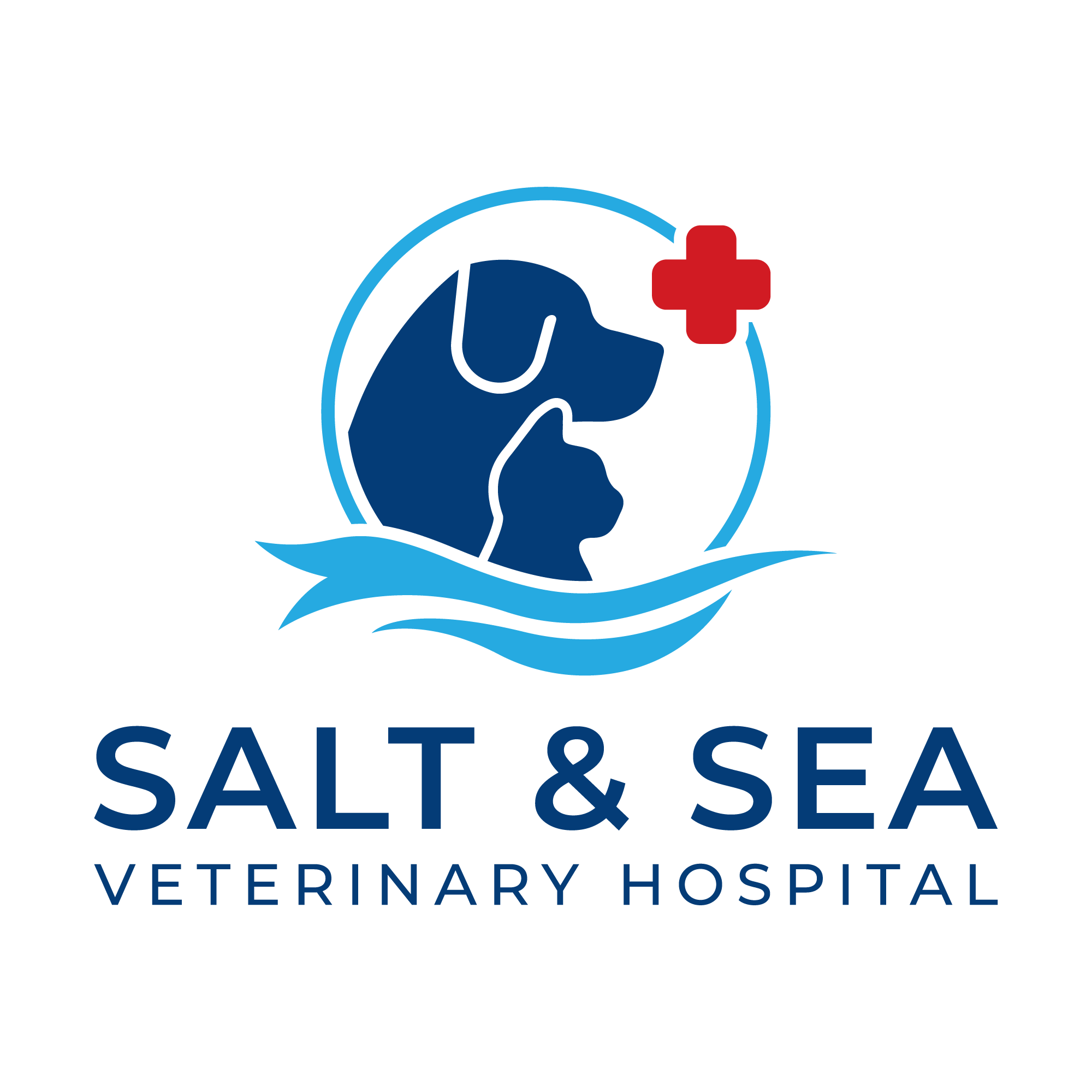Library
-
Chlorhexidine/ketoconazole/TrizEDTA flush: otic (Mal-A-Ket® Plus) is a liquid antibacterial and antifungal solution used for topical treatment of localized bacterial and yeast infections in dogs and cats. The solution can be used specifically in the ears as a flush treatment.
-
Chlorhexidine/ketoconazole/TrizEDTA flush: topical (Mal-A-Ket® Plus) is a liquid antibacterial and antifungal solution used to manage localized bacterial and yeast infections in dogs and cats. It should only be used topically on the skin or in the ears.
-
Chlorothiazide/hydrochlorothiazide is given by mouth or injection and is used off label to treat nephrogenic diabetes insipidus, high blood pressure, fluid retention, and certain electrolyte imbalances. Give as directed by your veterinarian. Common side effects include electrolyte imbalances, increased need to urinate, vomiting, or diarrhea. Do not use in pets that are allergic to them or sulfa drugs, in lactating pets, or in pets that are not able to make urine. If a negative reaction occurs, please call your veterinary office.
-
Chloroxylenol topical, also known as PCMX, is a topical antiseptic used on the skin prior to surgery and in wound cleaning in cats, dogs, and exotic species. It has been used to treat bacterial, fungal, and yeast skin infections. It is toxic to aquatic species. All forms are applied topically directly to the skin.
-
Chlorpheniramine maleate is given by mouth and is used off label to treat allergic conditions or as a mild sedative. Common side effects include sleepiness, although other side effects are possible. Do not use in pets that are allergic to it or other similar antihistamines, or pets that are undergoing allergy testing within 2 weeks. If a negative reaction occurs, please call your veterinary office.
-
Clarithromycin is given by mouth and used off label to treat certain bacterial infections in several animal species. Do not use in pets that are allergic to it or other macrolide antibiotics, in rabbits, gerbils, guinea pigs, hamsters, or horses greater than four months old.
-
Chocolate is toxic to dogs. While rarely fatal, chocolate ingestion often results in significant illness. Chocolate is toxic because it contains the alkaloid theobromine. Theobromine is like caffeine and is used medicinally as a diuretic, heart stimulant, blood vessel dilator, and muscle relaxant.
-
Cholecalciferol (vitamin D3) has become increasingly more common as a residential rodenticide. While it may seem like a safer option than anticoagulants, there is no antidote available and the amount in a single block is a severe overdose in nearly all animals. This handout discusses clinical signs, treatments, and prognosis for cholecalciferol poisoning in pets.
-
Choline is a vitamin supplement given by mouth and is used over the counter to treat neurological conditions such as seizures or cognitive dysfunction. Give as directed by your veterinarian. Side effects are uncommon but may include hyperactivity. Do not use in pets that are allergic to it. If a negative reaction occurs, please call your veterinary office.
-
Chondrosarcomas arise from cartilage, which is a connective tissue primarily found where bones meet with joints, as well as at other locations in the body such as the nasal cavity, and ribs. Chondrosarcoma is the second-most common primary bone tumor in dogs. Canine chondrosarcoma most commonly affects the flat bones of the body, such as the ribs, skull, nasal cavity, and pelvis, although the limbs can also be affected. Aggressive surgical removal is typically recommended, although radiation therapy may also be used, depending on location of tumor. Metastasis may occur but is relatively uncommon.

